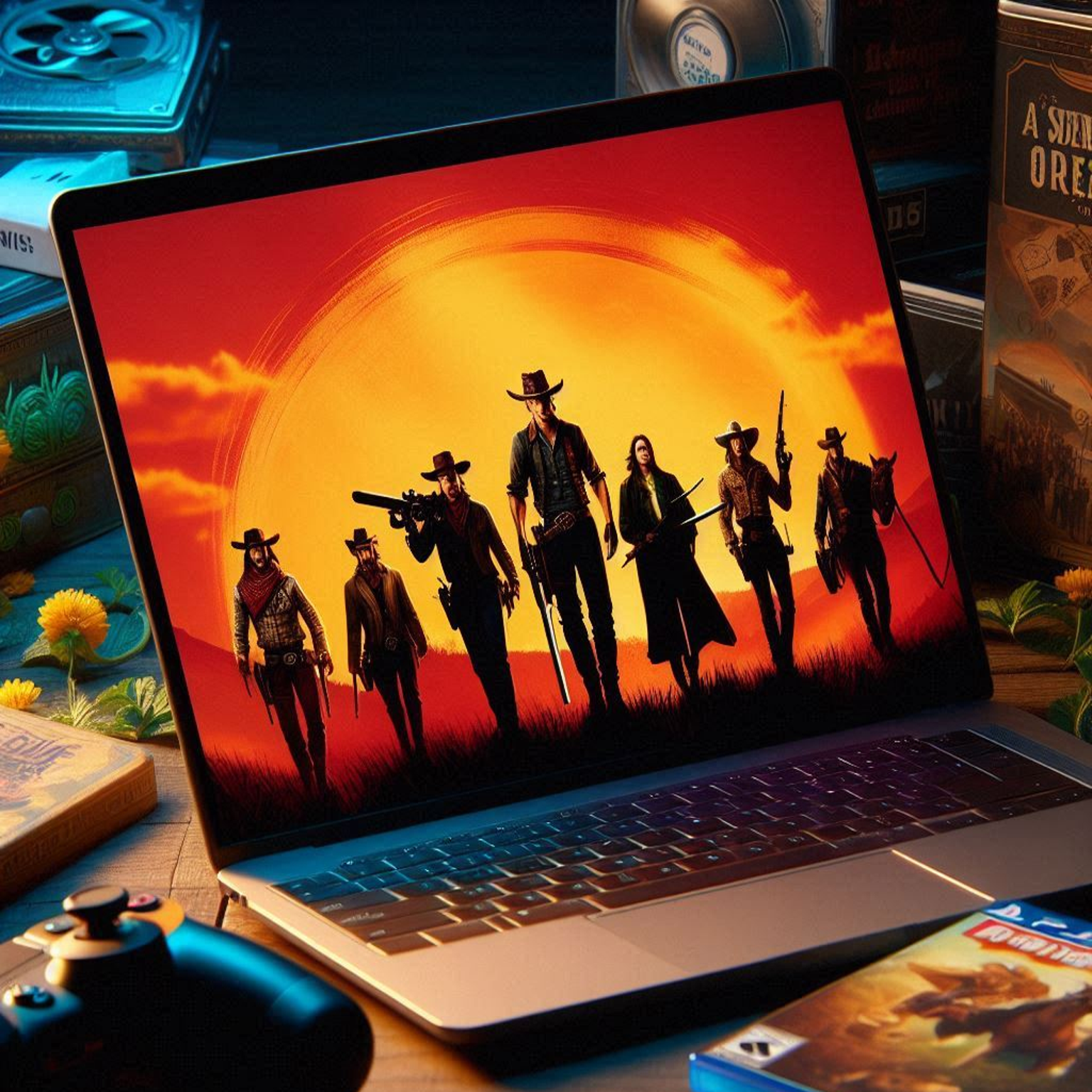Arcade games are a big part of the history of video games. They started to become popular in the late 1970s and 1980s. People loved to play these games in special places called arcades. An arcade is a room or a building with many video game machines. You put coins in the machines to play games like Pac-Man and Space Invaders. These games were fun and exciting, and they made people want to come back for more.
The rise of arcade games changed how people thought about video games. Before, games were mostly played at home. But now, people had a place to go to play with friends and meet new people. This helped create a community of gamers who loved sharing tips and tricks about their favorite games.
Arcade games also helped game designers to be more creative. They had to make games that were easy to learn but hard to master. This challenge made games more enjoyable. Some games even had high score lists, where players could see who was the best. This added a sense of competition and made people want to try harder.
As more people played arcade games, they became part of pop culture. Movies, TV shows, and music began to include references to these games. This shows how important arcade games were in the 1980s and beyond. They not only entertained millions but also influenced how video games are made today.
In conclusion, the rise of arcade games shaped gaming culture by bringing people together, inspiring creativity in game design, and becoming a part of pop culture. Even today, we can see their influence in the way we play and enjoy video games.
Glossary:
Arcade: A place with many video game machines.
Pop culture: The ideas, themes, and trends popular in society at a certain time.
Game designer: A person who creates and develops video games.
High score: The best score achieved in a game, usually listed for others to see.
The Rise of Arcade Games: How They Shaped the Gaming Culture
Arcade games are a significant part of the gaming history and culture. They emerged in the early 1970s and quickly gained immense popularity. Understanding their rise and impact can help us appreciate modern gaming.
What Are Arcade Games?
Arcade games are coin-operated machines typically found in public places like arcades, bars, and amusement parks. Players insert coins or tokens to play, and these games often feature simple controls and objectives. Common genres include:
- Action games
- Shooting games
- Racing games
- Puzzle games
The Evolution of Arcade Games
Arcade games started with simple graphical interfaces, like Pong (1972), developed by Atari. As technology progressed, games became more complex and engaging. The late 1970s and early 1980s marked the golden age of arcade games with hits like:
- Space Invaders (1978)
- Pac-Man (1980)
- Donkey Kong (1981)
- Galaga (1981)
The Impact on Gaming Culture
Arcade games not only entertained players but also helped create a unique gaming culture. They acted as social hubs where players gathered, competed, and collaborated. According to a major game journalist, “Arcade games transformed play into a public experience, blending competition with communal enjoyment.”
Key Features That Shaped the Culture
The following features contributed to their cultural impact:
| High Score Lists | Encouraged competition among players to achieve the highest score. |
| Co-op Play | Allowed friends to join forces and play together on the same machine. |
| Unique Artwork | Feature vibrant and eye-catching visuals that attracted players. |
| Sound Effects | Engaging sounds made gameplay more immersive and exciting. |
The Decline of Arcades
As home gaming consoles became more advanced in the 1990s, the popularity of arcade games declined. Players could now enjoy high-quality games at home. Despite this, many arcade games have remained beloved classics.
The Resurgence of Arcade Games
Recent years have seen a resurgence of arcade games, particularly retro gaming. Modern arcades have incorporated classic games with new technology, blending nostalgic elements with current trends. A well-known gaming website states, “The dynamic resurgence of arcade gaming reflects a yearning for shared experiences in an increasingly digital age.”
Modern Adaptations
Today, arcade games can be found in various formats:
- Classic arcade cabinets
- Mobile arcade apps
- Retro-themed cafes
Conclusion
Arcade games hold a special place in the hearts of many gamers. Through their simple yet engaging gameplay, they have shaped the gaming culture by fostering a sense of community and competition. The legacy of arcade games continues to influence new generations of players.
This HTML content provides a comprehensive overview of the rise of arcade games, their significance in gaming culture, and how they have evolved and adapted over time. It includes basic explanations of terms and features relevant to the topic while remaining accessible to younger readers.
What are arcade games?
Arcade games are coin-operated entertainment machines that typically feature a monitor, controls, and a cabinet. They became widely popular during the late 1970s and early 1980s and are known for their engaging gameplay, vibrant graphics, and addictive mechanics.
How did arcade games influence gaming culture?
Arcade games played a significant role in shaping gaming culture by introducing multiplayer experiences, competitive play, and high-score challenges. They created social spaces for gamers, encouraging community building and shared experiences in arcades.
What are some iconic arcade games?
Some of the most iconic arcade games include “Pac-Man,” “Donkey Kong,” “Space Invaders,” and “Street Fighter II.” These games not only set trends in game design but also left lasting impressions on popular culture.
Why were arcades so popular in their heyday?
Arcades were popular due to their accessibility and the social environment they provided. They offered a place for friends to gather, compete, and enjoy gaming together, which was a unique experience compared to playing at home.
What led to the decline of arcade games?
The decline of arcade games can be attributed to several factors, including the rise of home gaming consoles, advancements in personal computer gaming, and the shift toward online gaming. These developments allowed players to enjoy gaming experiences in the comfort of their homes.
Are arcade games making a comeback?
Yes, there has been a resurgence of interest in arcade games due to retro gaming trends. Many modern arcades are combining classic games with new technologies and experiences, attracting both nostalgic players and a new generation of gamers.
How do modern arcades differ from traditional ones?
Modern arcades often incorporate a wider range of gaming experiences, including virtual reality, motion-based games, and interactive experiences. They may also offer food, beverages, and social spaces, creating a more immersive entertainment experience.
What role do arcade games play in today’s gaming landscape?
Arcade games continue to influence today’s gaming landscape by inspiring indie developers and fostering a sense of community among players. They remain a popular choice for casual gaming and social gatherings, linking the past with the present in gaming culture.










